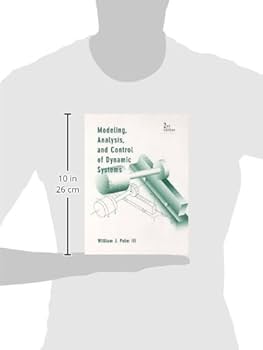Palm III

The static clung to the inside of the translucent plastic case, a tiny universe of dust motes swirling around the screen. Not just any screen – this was the Palm III’s touch screen, my digital compass in an era where “mobile” meant lugging a brick-sized phone and a laptop. I remember the weight. Felt substantial, a promise of information held within.
My initial setup…well, let’s say it wasn’t seamless. Synchronization with the desktop PC via the serial port felt like a ritual – the cradle, the cable, the agonizing wait for the HotSync to complete. But, the Palm III became essential. It streamlined my workflow in a way even today’s sleek smartphones can sometimes forget. Consider the built-in calendar. Forget complicated software. It was basic, functional, and utterly reliable. Appointments? Easy. Deadlines? Never missed.
Now, for those younger folks, this device wasn’t about cat videos or endless scrolling. It was about productivity. The Pilot Desktop software – the predecessor to Palm Desktop – gave you all sorts of options. The address book was gold. Contact details, right at my fingertips. And, for the record, yes, the grayscale screen was a step up from the PalmPilot’s green-on-black, even if it didn’t quite match the vibrant displays we take for granted now.
What was the magic? Simplicity, for one. Palm OS was intuitive, almost elegant in its constraint. The Graffiti text input, though requiring some practice, was a brilliant innovation. Learning the strokes felt… empowering, like cracking a secret code. Speaking of which, the stylus was always in jeopardy. Losing that little plastic wonder rendered the Palm III a paperweight. Solution? Buy a backup – or, if you’re like me, learn to live with a fingertip.
The Palm III’s real power, though, lay in its expandability. The tiny memory card slot, for example. Allowed you to add applications – you could practically build a custom information appliance. And unlike some of the more elaborate HP offerings of the time, the Palm III just worked. You knew it wasn’t perfect. It was a gadget, not a god.
Looking back, the Palm III wasn’t a revolution; it was an evolution. Compared to the clunkier options available then, it was a triumph of design and usability. For anyone who yearns for simplicity and focus – a world free from endless notifications – this device is worth experiencing. You might not use it daily, but its design lessons are important. Consider this: Find a used Palm III, load it with the old Palm Desktop, and spend a week immersed in simplicity. It’s a good digital detox. You might even find it inspires your next project.